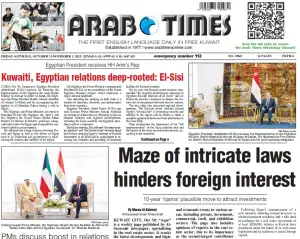09/05/2025
09/05/2025

False Narratives from Pakistan
One of the most widely circulated pieces of disinformation emerged from Pakistan, where several prominent news portals and social media influencers shared visuals claiming that Indian Sukhoi fighter jets had been shot down over Pakistan-occupied Kashmir. However, India’s Press Information Bureau (PIB) promptly debunked the claim, noting that the images being used were actually from a 2014 crash in Maharashtra, unrelated to the current conflict.
Similarly, Pakistani media outlets have carried reports alleging heavy civilian casualties from Indian airstrikes. Indian officials, however, have categorically denied targeting civilian areas, asserting that the strikes were aimed exclusively at militant infrastructure.
Exaggerations and False Alarms in Indian Media
Indian mainstream media, too, have contributed to the fog of misinformation. News reports and viral social media posts suggested that Pakistan had launched coordinated drone and missile attacks on Indian border cities such as Jammu and Pathankot. While air-raid sirens and temporary lockdowns did occur in some northern regions, Pakistan has denied initiating any such strikes, accusing New Delhi of inflating the threat for strategic gain.
In another instance, Indian media reported that Indian forces had neutralized Pakistan’s air defense systems near Lahore — a claim promptly denied by Islamabad, which insisted that its defenses remain intact and operational.
Amid the escalating tensions between India and Pakistan following the events of May 6, 2025, a surge of misinformation has permeated social media platforms, complicating the public's understanding of the conflict. In response, Alt News, an Indian fact-checking organization, has intensified its efforts to debunk false narratives and provide accurate information to the public. Alt News has identified and debunked numerous instances of recycled and misleading content circulating online from both countries and even identified fake social media accounts that are promoting disinformation.
Public Confusion and Official Denials
The misinformation hasn’t been limited to military claims. Viral WhatsApp forwards and online posts warned of an impending ATM shutdown across India for “2-3 days,” allegedly in response to wartime logistics. The Indian government quickly stepped in to dismiss the claim as baseless, urging the public not to fall for fear-mongering and assuring that banking operations were functioning normally.
Both New Delhi and Islamabad have since issued advisories urging the public to rely on official channels for updates and to refrain from sharing unverified content.
A Growing Digital Battlefield
Analysts warn that this surge in misinformation not only exacerbates public panic but also makes crisis management more difficult for both governments. “What we are seeing is a classic case of information warfare,” said a senior cybersecurity analyst at Delhi’s Observer Research Foundation. “It’s designed to sow confusion, provoke emotional reactions, and shape perceptions before facts can emerge.”
As cross-border military posturing continues, the information war—unfolding across TikTok feeds, Twitter threads, and breaking-news tickers—is proving to be a destabilizing front in its own right.


